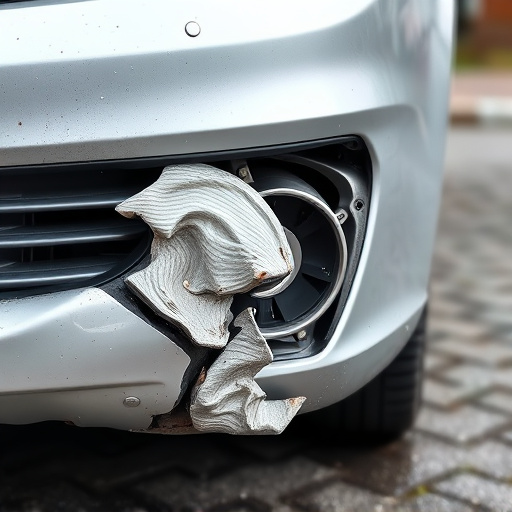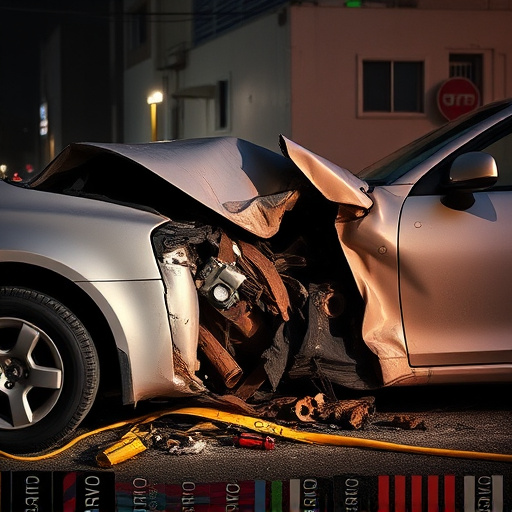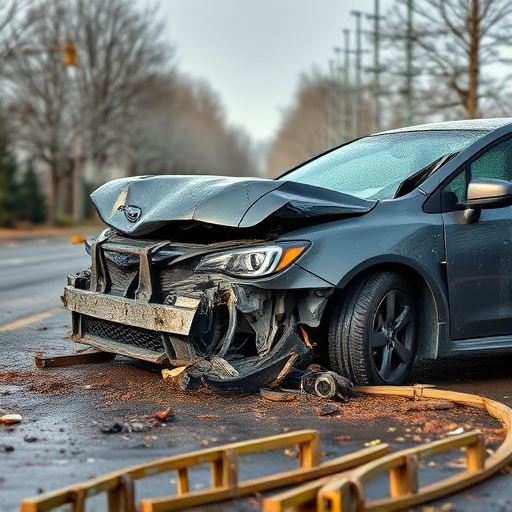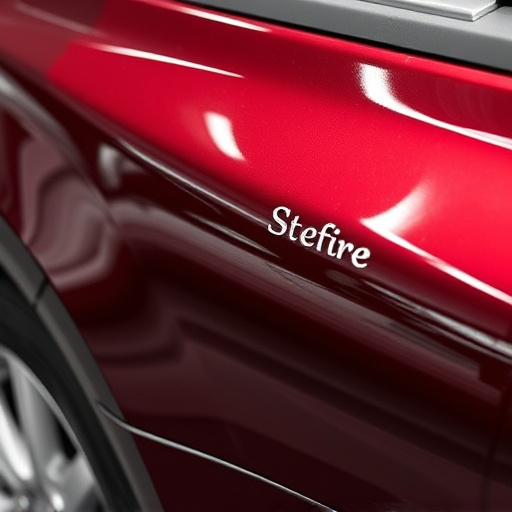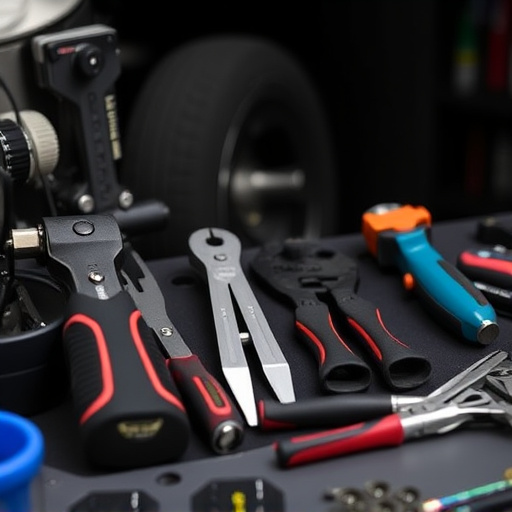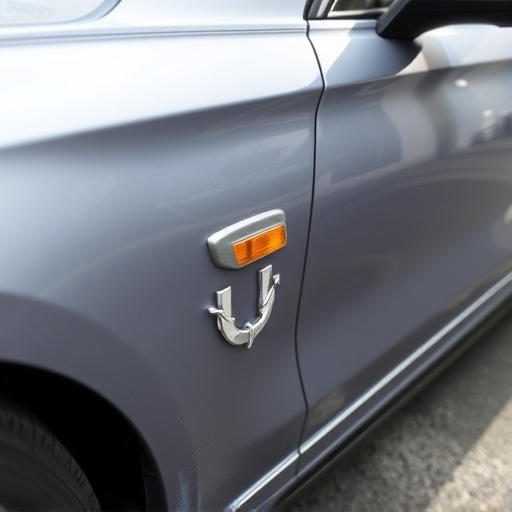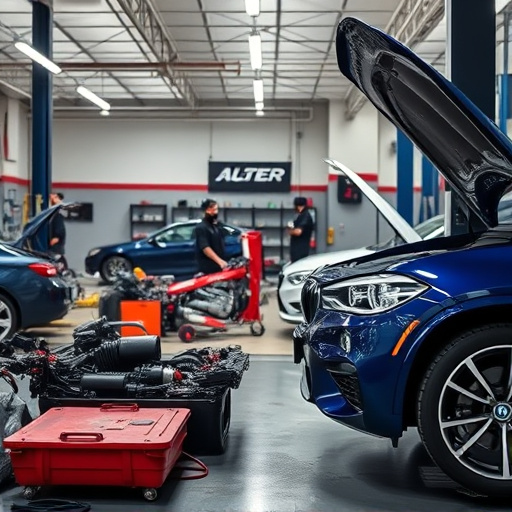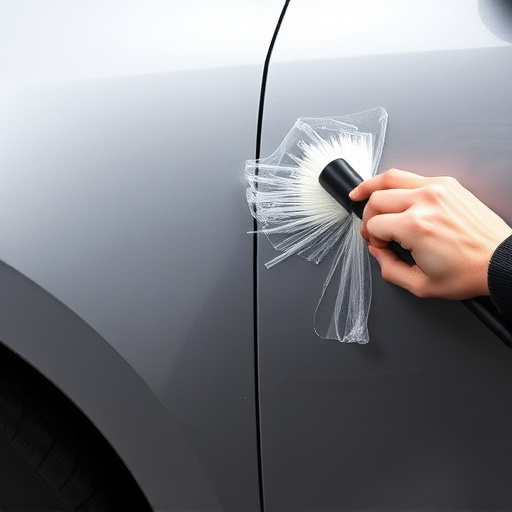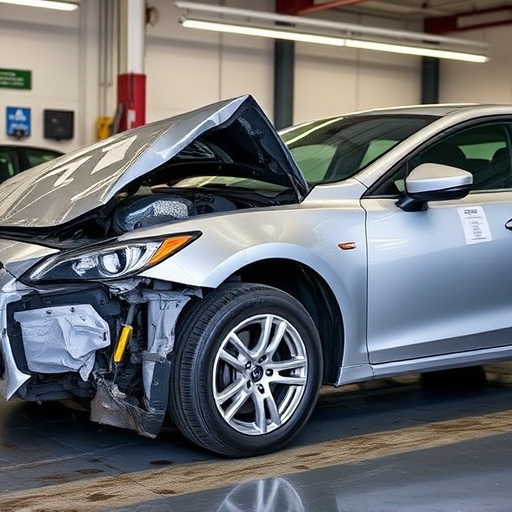Hail damage repair involves a meticulous process from inspection to quality control, ensuring precise repairs meet high standards. Rigorous checks identify and rectify flaws, verify material application, and maintain structural integrity. Skilled technicians use advanced techniques with top-tier materials for long-lasting results, enhancing safety and aesthetics while preserving vehicle value.
Hail damage can leave significant marks on properties, demanding prompt and meticulous repair. The article delves into the critical role of quality control throughout the hail damage repair process. From understanding the initial assessment to ensuring long-lasting results, we explore key aspects. Learn how thorough quality control measures protect investments, prevent future issues, and restore structures to their pre-damaged condition. Master the art of effective hail damage repair with these essential guidelines.
- Understanding Hail Damage Repair Process
- Key Roles of Quality Control in Repair
- Ensuring Long-Lasting Results After Hail Damage Repair
Understanding Hail Damage Repair Process
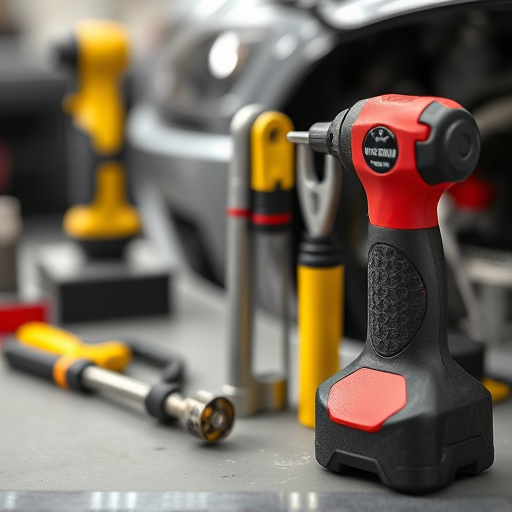
The hail damage repair process involves several critical steps to ensure vehicles return to their pre-damaged condition. It begins with a thorough inspection to assess the extent of the damage, which can range from minor car dents to severe panel replacements. Once identified, the affected areas are meticulously repaired, often requiring specialized tools and techniques. This may include painting, priming, and bonding processes in a vehicle body shop to match the original finish perfectly.
After the structural integrity is restored, quality control becomes paramount. This involves rigorous checks at each stage of the repair to guarantee precision and accuracy. From ensuring proper alignment and paint job quality to verifying that all components meet safety standards, quality control measures are essential. Auto repair shops employ trained professionals who scrutinize every detail, addressing any issues promptly to prevent future complications. These stringent procedures ensure customers receive top-notch repairs, restoring their vehicles to their original, or even enhanced, condition.
Key Roles of Quality Control in Repair
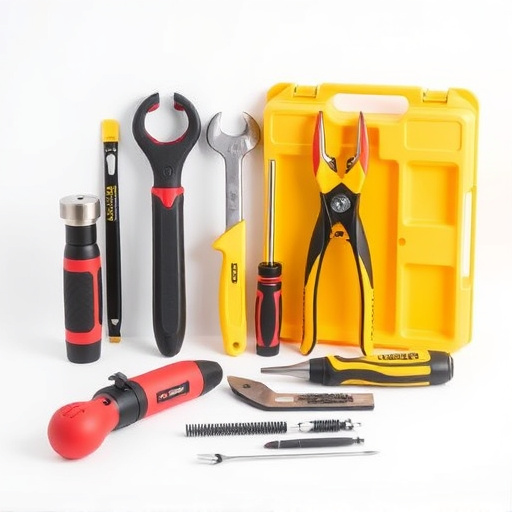
Quality control plays a pivotal role in ensuring the effectiveness and longevity of hail damage repair. During the repair process, meticulous quality control measures help identify and rectify any flaws or inconsistencies that may have slipped through initial assessments. This includes verifying the proper application of materials, ensuring structural integrity, and upholding safety standards to prevent further deterioration or accidents. After completion, a thorough quality control inspection guarantees that the vehicle meets pre-set benchmarks for restoration, aligning with expectations regarding aesthetics, functionality, and performance.
Effective quality control in hail damage repair goes beyond mere inspection. It involves coordinating efforts between auto body services, automotive repair services, and the original equipment manufacturers to uphold the highest standards of work. By implementing stringent quality control protocols, vehicle restoration is not just a fix but a meticulous transformation that restores the affected vehicle to its pre-damage condition, ensuring satisfaction for the owner and enhancing the reputation of the repairing entity in the competitive market of hail damage repairs.
Ensuring Long-Lasting Results After Hail Damage Repair
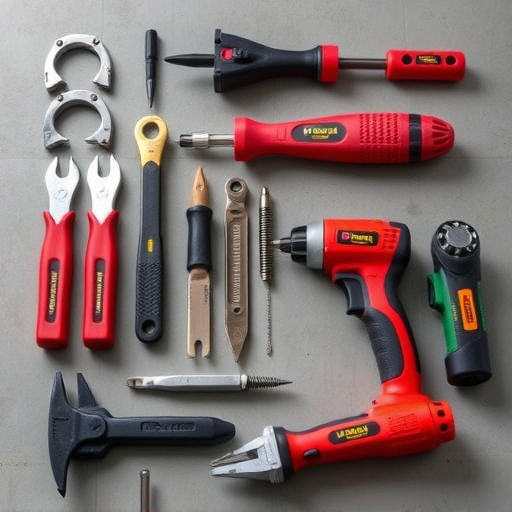
After hail damage repair, ensuring long-lasting results is paramount to prevent future issues and maintain the vehicle’s value. The process should go beyond superficial fixes, focusing on structural integrity and aesthetic restoration. Professional technicians conduct thorough inspections, addressing not just visible dents but also potential hidden damage to the vehicle body, frame, and components like tires. This meticulous approach guarantees that every aspect of the vehicle is brought back to its optimal condition.
Proper repairs include using high-quality materials and advanced techniques specific to hail damage repair. This attention to detail mitigates risks of future complications, ensuring the vehicle’s structural integrity and performance. Regular maintenance checks after the repair process are equally crucial to catch any emerging issues early on. By combining skilled labor with top-tier materials and post-repair care, owners can expect their vehicles to return to their pre-hail condition, enhancing both safety and aesthetics while also preserving the investment in vehicle body repair and tire services.
Quality control is an indispensable aspect of the hail damage repair process, ensuring that structures and properties are restored to their pre-damage condition. By implementing rigorous quality checks during and after repairs, professionals can guarantee long-lasting results. This meticulous approach not only safeguards against future issues but also maintains the integrity and value of affected properties, making it a vital step in the hail damage repair journey.
